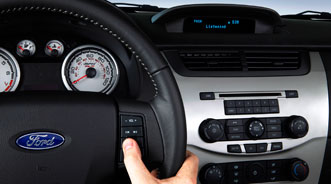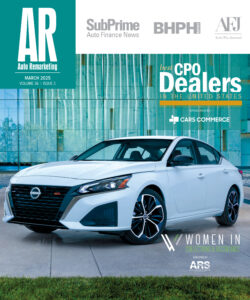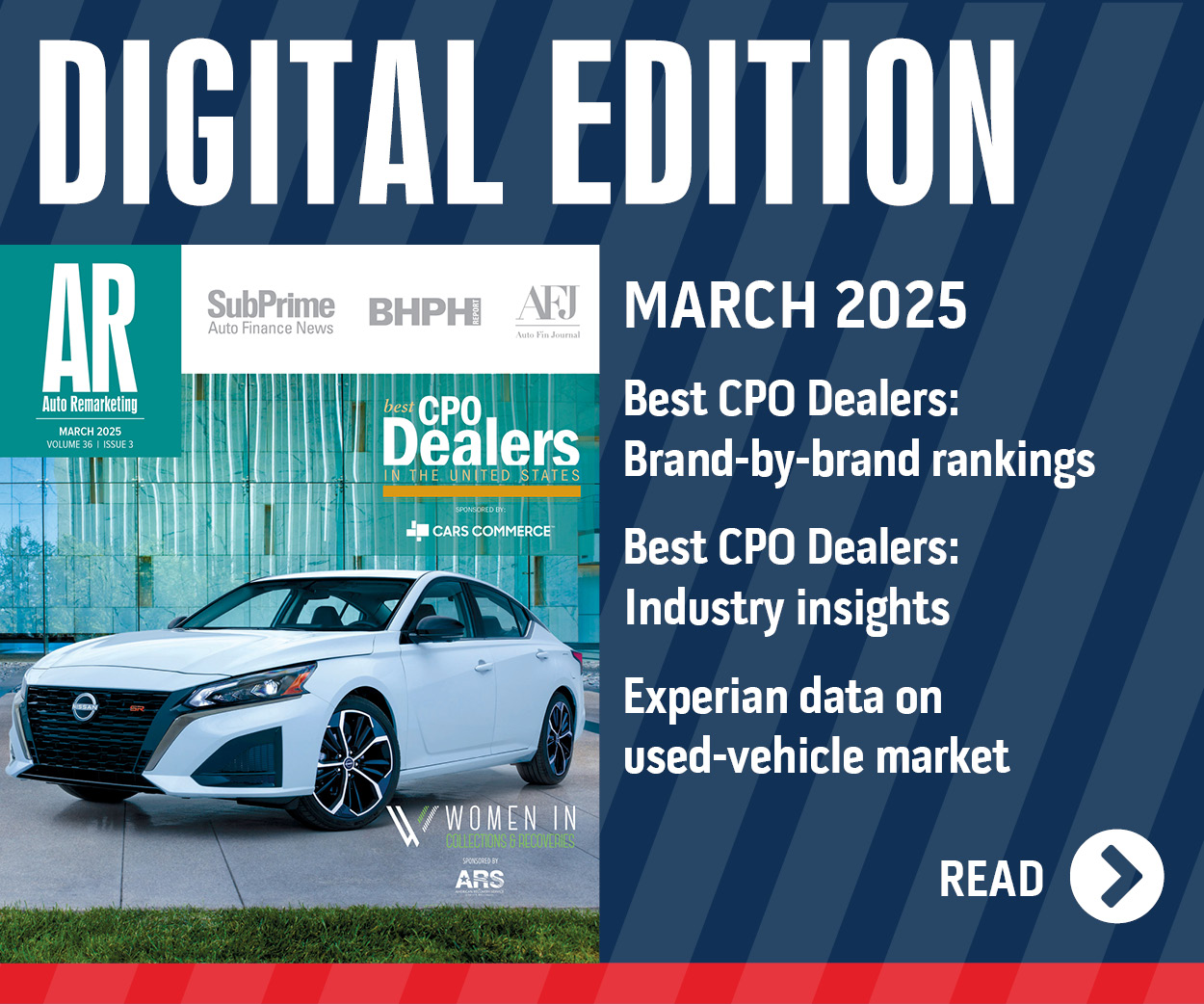Edmunds.com: Challengers to Ford Sync Rising Quickly

Since technology advances at such a rapid pace nowadays, Edmunds.com wanted to know has Ford Sync lost its edge?
Site analysts didn’t hesitate to point out that four years ago the Ford Sync infotainment system was the innovative technology that drove the automaker’s recovery. However, they believe competitors are beginning to catch up to — and overtake — Ford’s groundbreaking technology.
In 2007, Edmunds.com recapped Ford set a new technology standard with Sync by offering drivers voice-activated access to their iPods and phone contacts. The site conceded the in-dash connectivity was an immediate hit, but stinging reviews of the next generation Sync as well as the new MyFord Touch and MyLincoln Touch systems have opened the doors for new systems to build reputations in the automotive market.
“Ford Sync set a standard for infotainment technology, but now the competition is poised to push that technology to new levels,” surmised Doug Newcomb, senior technology editor at Edmunds.com.
“At the same time, though, manufacturers will have to balance a useful, innovative and entertaining experience with the inevitable distracted driving issues that are sure to arise,” Newcomb continued.
With Microsoft’s two-year exclusivity agreement with Ford now expired, Edmunds.com noted Kia paired up with the software company to develop a similar integration system — the Kia Uvo. The site explained Kia has held the technology back while waiting to see how driver-distraction issues evolve.
Similarly, Edmunds.com mentioned Toyota is introducing its Entune infotainment system. Analysts explained the Entune system — which will be available to consumers this spring — can provide in-dash support and compatibility with an increasing variety of smartphone apps. The system also can allow for “over-the-air” software updates made possible by Toyota’s OnStar-style Safety Connect system.
Meanwhile, Edmunds.com noted German automakers have signed on to support a smartphone integration standard from Nokia called Terminal Mode, which could make integration drastically easier and standardized. The site also said OEMs such as BMW are also working directly with smartphone makers, including Apple and BlackBerry, to integrate specific functions of smartphones into their vehicles’ in-dash electronics.
Detailed Look Back at Ford Sync’s Origins
After sharing that update, Edmunds.com turned back the clock and remembered the introduction of the Ford Sync infotainment system four years ago ignited the automotive connectivity revolution. The site contends Sync technology set a new standard in providing drivers with easy, voice-activated access to the contents on their iPods, contacts on their cell phones and more.
“That it was introduced as a standard feature or an inexpensive option across the entire lineup of Ford vehicles instead of only the carmaker’s high-end models was equally unprecedented,” Edmunds.com added.
The site also pointed out the system was upgradable via software so that someone who bought a new Ford vehicle in 2008 could add Sync features introduced later — without a change of hardware.
“This was nothing short of revolutionary for in-dash electronics,” Edmunds.com insisted. “As a result, Sync both nailed the connectivity of portable devices to the automobile and solved the issue of obsolescence in electronic devices, and the system became a key component of Ford’s phenomenal economic recovery, as underscored by take rates of the connectivity system in certain Ford models of up to 90 percent.”
Signs of Sync Stumbles
Edmunds.com explained competition began to spring up as automakers attempted to find ways at providing even more robust connectivity by combining Ford’s “tethered” approach — which uses a driver’s mobile phone — with embedded communication capabilities such as what OnStar utilizes.
The site went on to say that Ford has been hit with harsh criticism about issues of usability and compatibility with its most recent portable integration set-ups, while also becoming a favorite target of distracted-driving activists.
“The industry is undergoing a sort of transformation with infotainment,” Henry Bzeih, national manager of Kia’s Connected Car program, told Edmunds.com. “And the dust needs to settle a bit. Some OEMs have leaped too far forward, and in the process things have backfired.”
Nevertheless, Edmunds.com emphasized consumers continue to snap up Sync vehicles, and the technology remains an essential selling point for Ford. The automaker noted 83 percent of 2011 Edge purchasers took a unit equipped with Sync. The rate jumped to 94 percent for the 2011 Explorer, and Edmunds.com indicated the rate is even higher for Focus and Fusion buyers.
Despite the penetration, Edmunds.com pointed out Ford recently received a stinging critique from Consumer Reports following the introduction of the next-gen Sync and the new MyFord Touch and MyLincoln Touch systems.
“While praising the thrust behind the technology, Consumer Reports concluded ‘the touch-sensitive buttons are flawed at best, and the changeable displays could easily be far more distracting than a simpler interface,’” Edmunds.com shared.
The site gave Jim Buczkowski, a director of electronics-systems research at Ford, the opportunity to respond. Buczkowski told Edmunds.com one reason for the unflattering appraisal by Consumer Reports is its “bias toward traditional knobs and buttons instead of the touchscreen displays that are a staple of MyFord Touch.
“Given that the consumer industry is moving really fast with touchscreen displays, we had some tough choices to make," Buczkowski acknowledged to Edmunds.com.
“We had to straddle the line between sticking with existing technologies for buttons, switches and knobs, and trying to move in a direction that’s becoming more familiar to customers. A lot of customers are extremely happy with it as is, and some are intimidated.”
Edmunds.com also mentioned some Sync customers have had issues with tasks as simple as pairing their Bluetooth phones with the complex new system.
“In general, the interoperability issues are that some features on basic phones don’t work with Sync because they don’t take full advantage of some Bluetooth standards and capabilities,” Buczkowski responded to Edmunds.com.
“But with a software upgrade, we can make some changes as other standards come out. Ford will continue to make refinements and help customers in terms of training,” he went on to say.
Other Automakers Waiting in the Wings
As mentioned previously, Edmunds.com stated other OEMs are working feverishly to create their own systems.
Kia’s Henry Bzeih maintained to the site that Kia is intentionally avoiding loading the first generation of Uvo with additional features, partly because the company wants to see how driver-distraction issues evolve.
“We want to provide customers not just with features, but with features that make sense,” Bzeih insisted to Edmunds.com, which noted Uvo debuted at the 2010 Consumer Electronics Show last January and was scheduled to hit dealer showrooms by the end of the year, but is still not available.
The site also noted Kia can’t give a firm date on when the Microsoft-engineered technology “will see the light of day.”
Meanwhile, Toyota is gearing up its own infotainment system that’s similar to Sync called Entune. But Edmunds.com contends Toyota’s system, which is supposed to be available this spring, one-ups Sync by allowing “over-the-air’ software updates.
“This is made possible because Entune is a hybrid system that combines Sync’s ‘brought-in’ approach of connecting to a driver’s Bluetooth mobile phone with the added advantage of embedded technology via Toyota’s OnStar-style Safety Connect system,” Edmunds.com explained.
“This means that Entune’s software can be updated via the embedded connection without the customer doing a thing — or even knowing about it,” the site went on to say. “This could give Toyota Entune an advantage over Ford Sync, whose owners must update the software themselves, or, in some cases, bring their vehicles into dealerships for updates."
Jim Pisz, Toyota’s corporate manager for advanced technology, declared to Edmunds.com that “We’re a generation past Sync.”

 View The Latest Edition
View The Latest Edition

